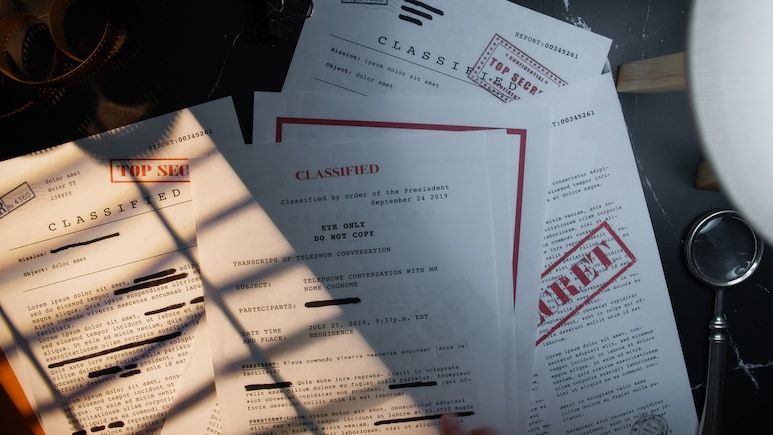Classified Creatures: A Look into History's Most Unconventional Spy Animals

A Norwegian white beluga whale suspected of spying for Moscow was found dead in September, sparking widespread interest due to its unusual occupation. Hvaldimir, as the whale was called, is just one in a long line of animals used by intelligence services over the years.
In the 1960s, the US began experimenting with animals as spy devices, with projects like Operation Acoustic Kitty aiming to implant microphones and antennas into cats to eavesdrop on conversations. However, the program was abandoned after its prototype, a cat, wandered off and was run over by a taxi.
Spy pigeons took inspiration from British efforts during World War II, equipped with tiny cameras to take photos without arousing suspicion. The CIA developed bird-like drones in the 1970s, such as the insectothopter, which were forerunners of today's drones.
More recently, underwater drones like Charlie, a robotic catfish developed by the CIA, have been successfully used in operations. However, their predecessors, including Hvaldimir, have taught us that effectiveness comes with unpredictability.
The use of explosive-filled rat carcasses to target boiler rooms in German factories during World War II initially seemed doomed but led to increased paranoia, demonstrating the impact animals can have on intelligence operations.
Despite technological advancements, disguise experiments often end in embarrassment. A British MI6 operation using a fake rock near a ministry in Moscow failed due to over-zealous activity, causing massive government embarrassment.
Human improvisation, however, remains the most effective means of gaining an advantage in spy craft, as demonstrated during the clandestine extraction of Oleg Gordievsky in 1985. A diplomat's wife distracted Soviet guards with her infant daughter, successfully hiding Gordievsky from detection.
In conclusion, while expensive research budgets can provide a competitive edge, quick thinking and fearless action remain the cornerstone of effective espionage.
(Credit: Stefan Wolff and David Hastings Dunn)
